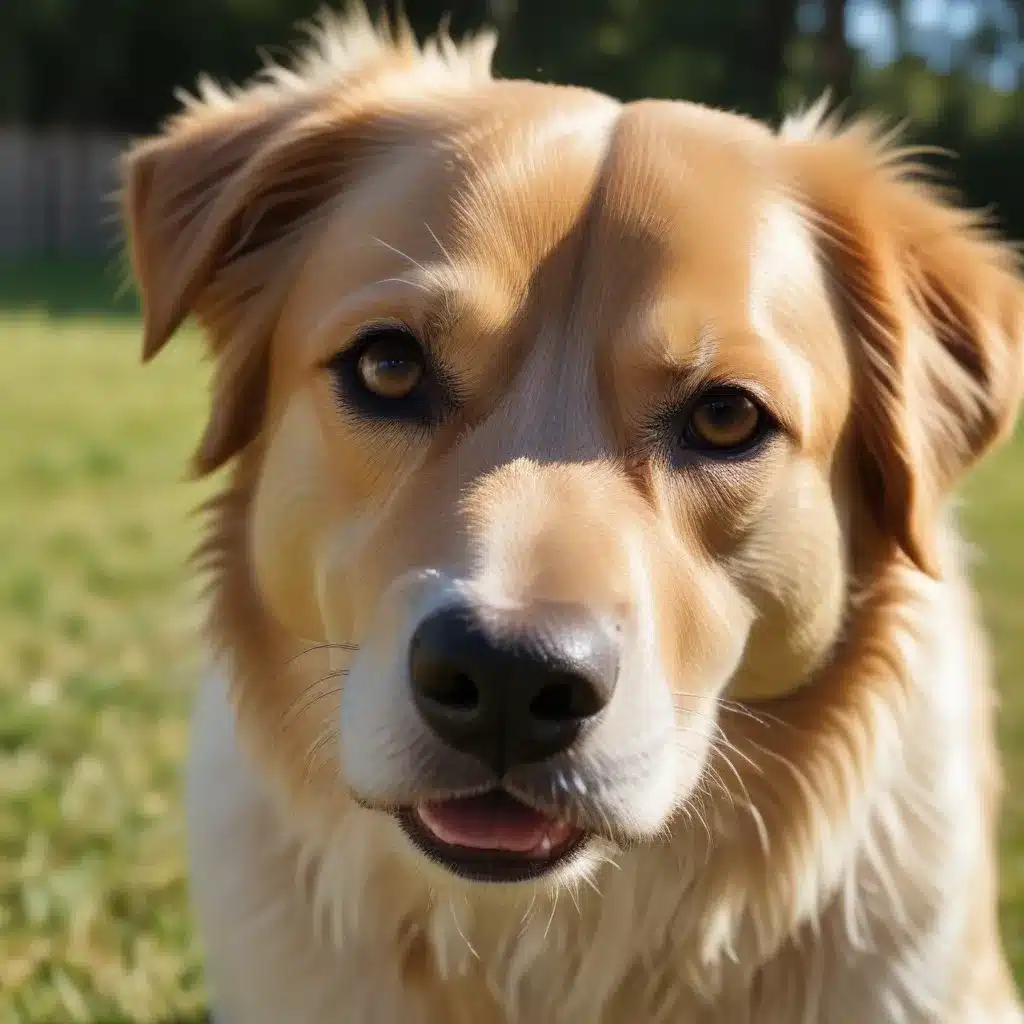
Ruh-roh, Looks Like Trouble!
Imagine this: You’re out on a lovely afternoon stroll with your furry best friend, Fido. The sun is shining, the birds are singing, and everything seems right in the world. But then, you notice something a bit…off about your pup. His tongue seems a little drier than usual, his eyes look a tad sunken, and he’s panting more than a greyhound at the finish line. Your heart sinks – could your beloved companion be dehydrated?
As a dog parent, few things are more concerning than the prospect of your four-legged friend being dehydrated. Dehydration in dogs can be a serious issue, leading to all sorts of health problems if left unchecked. But don’t worry, my fellow dog lovers – I’m here to help you navigate the tricky waters of canine dehydration detection.
Understand the Importance of Hydration
First things first, let’s talk about why hydration is so darn important for our furry friends. Just like us humans, dogs rely on water to keep their bodies functioning properly. Water helps lubricate their joints, cushion their organs, aid digestion, and regulate their temperature. Without enough of this essential liquid, a dog’s body starts to struggle, and that’s when the trouble begins.
Dehydration occurs when a dog’s body loses more fluids than it’s taking in. This can happen for a variety of reasons – from not drinking enough water to vomiting, diarrhea, or excessive panting. And, let me tell you, the consequences can be downright unpleasant. Dehydrated dogs can experience everything from lethargy and decreased appetite to organ failure and, in the most severe cases, even death. Yikes! So, keeping a close eye on your pup’s hydration levels is a must.
Spotting the Signs of Dehydration
Okay, now that we’ve got the importance of hydration under our belts, let’s dive into the nitty-gritty of detecting dehydration in dogs. Luckily, there are a few telltale signs that can help you determine if your furry friend is in need of some extra fluids.
One of the most reliable ways to check for dehydration is the skin elasticity test. Gently pinch the skin on the back of your dog’s neck and then release it. In a well-hydrated pup, the skin should snap back into place immediately. But if your dog is dehydrated, the skin will take a bit longer to return to its normal position. According to the American Kennel Club, this is a great way to get a sense of your dog’s hydration levels.
Another indicator of dehydration is the condition of your pup’s gums. Healthy, well-hydrated dogs will have pink, moist gums. But if your furry friend is dehydrated, their gums may feel dry and tacky. You can also try the “capillary refill test” by gently pressing on their gums and seeing how long it takes for the color to return. In a dehydrated dog, the refill time will be slower.
And let’s not forget about those other telltale signs, like sunken eyes, lethargy, and a decrease in skin elasticity. As the experts at Bond Vet explain, these symptoms can be a clear indicator that your dog is in need of some extra hydration.
Take Action to Rehydrate Your Pup
If you’ve determined that your furry friend is indeed dehydrated, it’s time to take action! The first step is to provide your pup with plenty of fresh, cool water. Encourage them to drink slowly, as gulping down too much too fast can lead to vomiting and further fluid loss.
In some cases, your dog may also need an electrolyte-rich solution like Pedialyte to help replenish the minerals they’ve lost. As the AKC recommends, it’s best to check with your veterinarian for the proper dosage and administration.
And if your dog’s dehydration is severe, or if you suspect an underlying medical condition, it’s crucial to get them to the vet as soon as possible. Untreated dehydration can quickly spiral into a life-threatening emergency, so don’t hesitate to seek professional help.
Prevent Dehydration Before It Starts
Of course, the best way to deal with dehydration is to prevent it from happening in the first place. At iHaveDogs.com, we believe in taking a proactive approach to our pups’ health, and that includes ensuring they’re always well-hydrated.
Make sure your dog has access to clean, fresh water at all times – both at home and when you’re out and about. Consider investing in a sturdy, spill-proof bowl or even a portable water bottle designed specifically for dogs. And keep an eye on your furry friend’s water intake, making sure they’re drinking enough, especially in hot weather or during periods of increased activity.
It’s also a good idea to incorporate water-rich foods into your dog’s diet, like fruits and veggies (in moderation, of course). And don’t forget to keep an eye out for any underlying medical conditions that could be contributing to your pup’s dehydration.
So there you have it, my fellow dog lovers – the low-down on detecting and preventing dehydration in our furry friends. Remember, staying vigilant and providing your pup with the hydration they need is key to keeping them happy, healthy, and hydrated. Now, go forth and keep those tails wagging!

